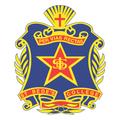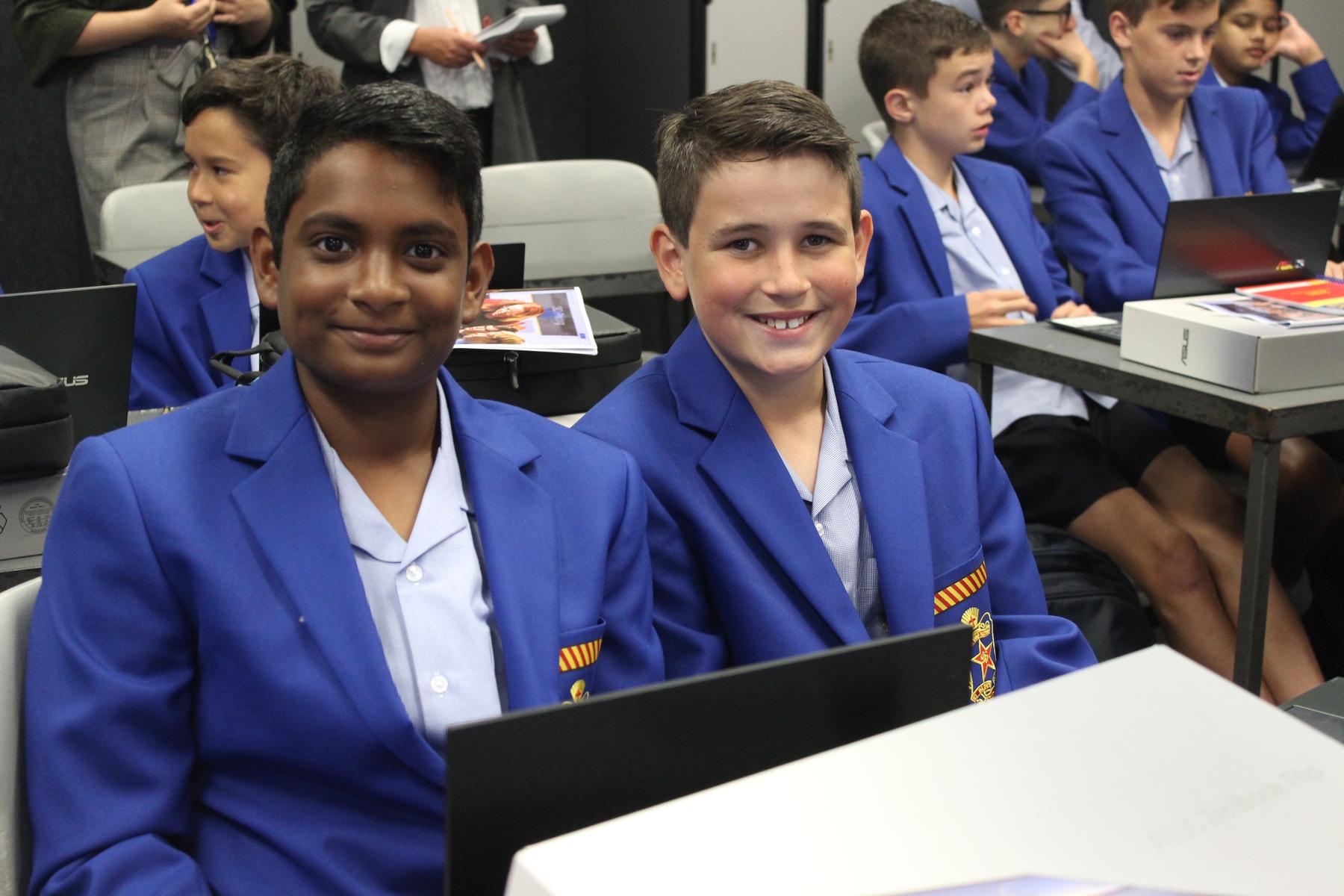Bentleigh East Campus Information Technology

A valuable distinction that we can make in education is to differentiate between “teaching” and “training”.
The first time I saw a computer in a school was in 1987. It was kept in a darked and locked room next to the Principal’s office and only a select few of us were allowed to bask in the eerie green glow of the monitor as we puzzled over how to do something, anything useful, with this strange and expensive gizmo.
Fast forward to the late 1990s where the pace had accelerated to include such wonders as email, on-line searches and typed reports. From there we accelerated even more as the World Wide Web and Laptops became the norm.
I recall that my designated task in those days was to know enough about the operation of hardware and software to be able to demonstrate it, train people in its use and fix it when it broke down.
In the modern era, both adults and students use technology transparently, with few echoes of the frustrations and struggles that were part and parcel of those early days. Students today barely need “training” in the operation of technology as they can usually figure things out for themselves.
What purpose then, remains for teachers in the realm of technology?
The answer, I believe, is that any work that we do in the classroom is more valuable when connected in some way to a purpose greater than itself. In other words, digital technology studies at their best, serve to stimulate and sustain broader teaching and learning goals with strong connections to higher order thinking skills.
It is fascinating, for example, to watch a small team of students hunched over a robotics kit, collaborating to generate an interesting and original solution to a new challenge. Once the spirit of cooperation is established, roles are quickly manifested. The organiser, the constructor, the free thinker, the entrepreneur; each individual bringing their particular skillset to the table. Kinaesthetic activity combines with logic, imagination, perseverance and social skills to model all those values and attributes that we know our 21st Century life will demand of the new generation.
At St Bede’s College – Bentleigh East Campus, the trendline is really clear. Robotics, Web building, 3D printing, game design, multimedia and programming vie with each other to challenge and extend students under the broad umbrella of contemporary problem-solving approaches.
The goal is no longer to “train” students to master something. Rather it is to “teach” students to master anything that our rapidly evolving world may demand of them.
Mark Petch
Information Technology Learning Leader
Bentleigh East Campus
Mark is new to the Bentleigh East Campus. He joins us with many years of practical experience. He has held technology teaching and leadership roles in schools in Victoria, interstate and Internationally.


